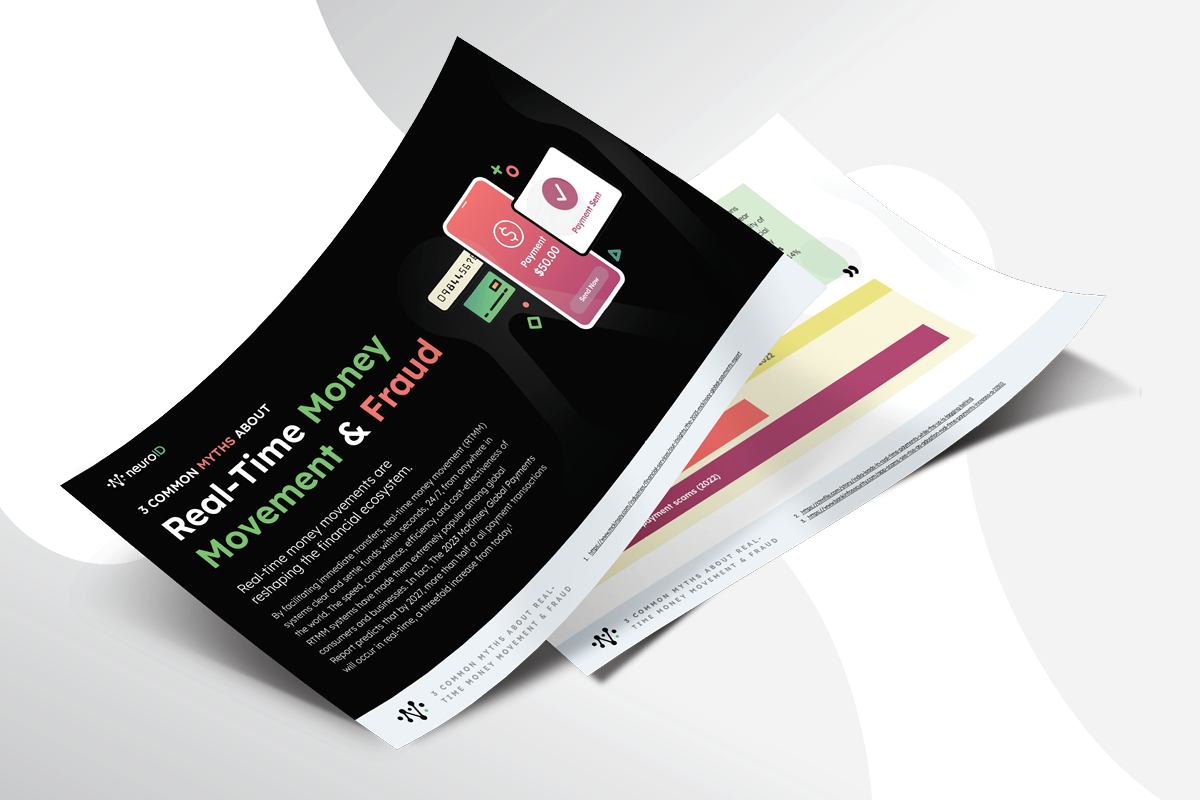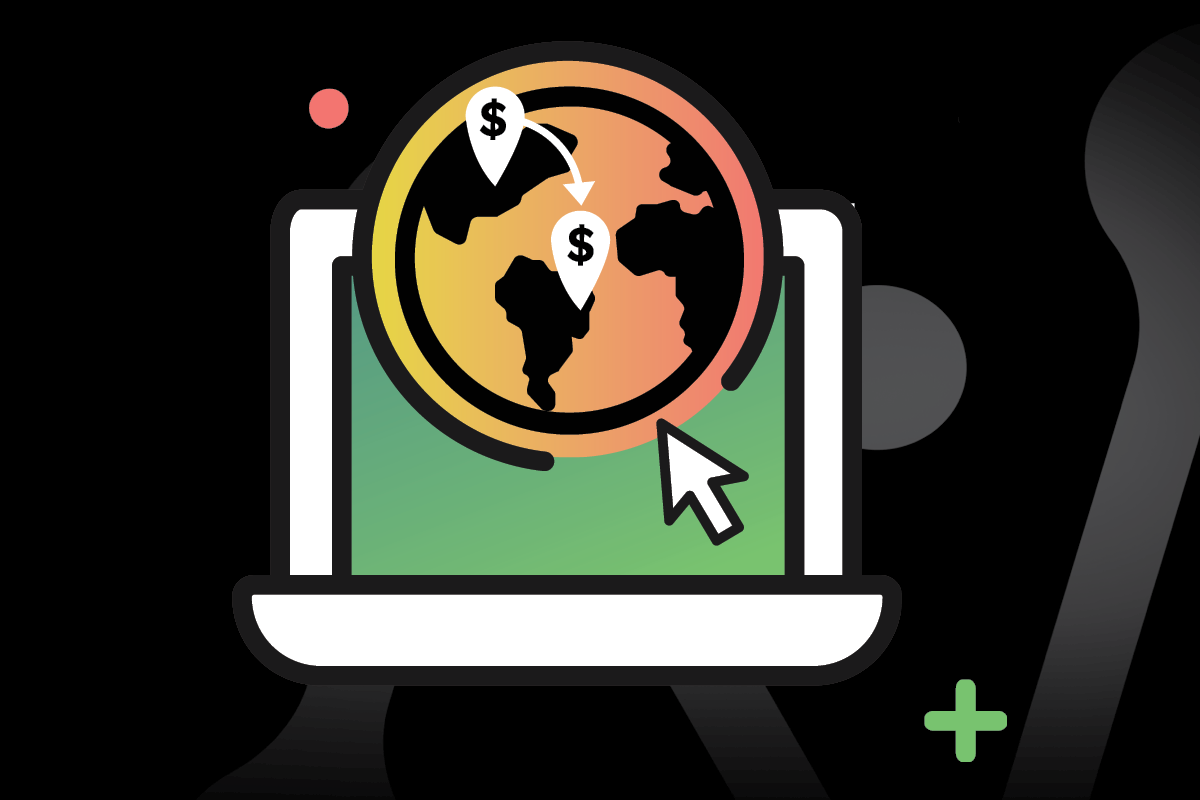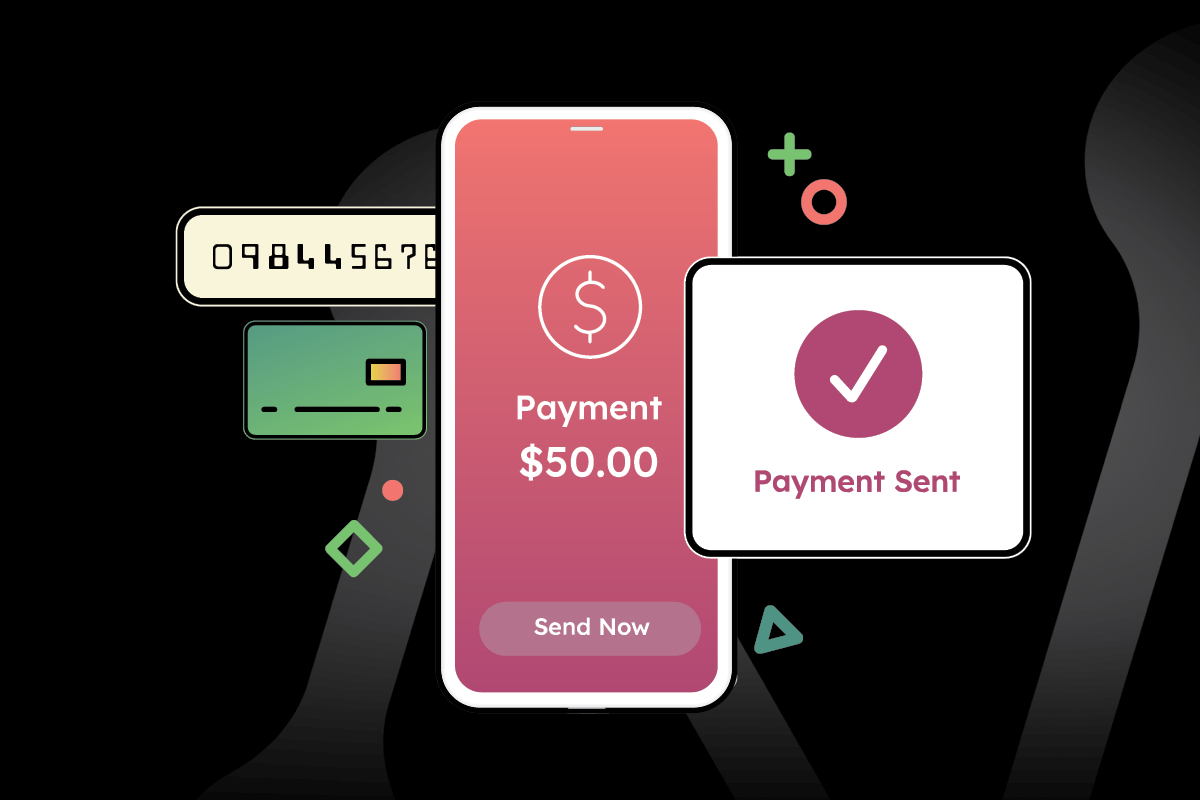
Industry Experts’ 3 Keys to Seamless & Secure Cross-Border Real-Time Payments
During the second session of our The Dark Side of Speed: Fraud in Real-Time Payments webinar series, payments and fraud executive Curt Haid joined NeuroID Head of Operational Strategy Nash Ali to discuss the opportunities and challenges of cross-border payments. Curt and Nash broke down the growth of real-time money movement (RTMM) systems, including how RTMM has opened new avenues for consumers—and fraudsters—to transact across borders. Here are the three keys they identified to meeting consumers’ cross-border RTMM needs:
Key #1: Cost Control
As RTMM possibilities grow globally, consumers are being offered more options for sending and receiving funds. Remittance fees and other associated costs, however, have proven to be a pain point for those looking to send money across country lines. On average, remittance services’ fees cost 6.2% of the amount sent, but can reach as high as 15%.
With consumers shying away from high fees, reducing remittance costs could spark an additional $32 billion in cross-border transfers. These fees are often tied to currency conversions, but digital currencies could make conversion-free, cheaper transactions a reality.
“If a payment is going from the U.S. to Europe, cross-border payments have traditionally been handled by receiving the payment in U.S. dollars and dispersing it in Euros,” said Nash. “Now, we’ve got a challenger: digital currencies. Instead of doing batch purchases of Euros to support these disbursements, you’re able to do immediate conversions on a transaction-by-transaction level.”
“In the digital remittance space, cost is a major competitive advantage,” said Curt. “Consumers want to know what the fees are before making a transaction. They’re looking for the lowest fees and best exchange rates to get the most bang out of their buck.”
The key takeaway from both Nash and Curt: cost competitiveness will level the playing field for FIs looking to join the cross-border money movement game. Fraud teams should be ready for an influx of customers looking to take advantage of more cost-efficient transactions.
Key #2: Speed without Vulnerabilities
Consumers’ desire for RTMM systems is rooted in the ability to send payments anytime, anywhere. U.S.-based systems have attracted consumers by offering instant access to funds, but sending payments abroad creates a new layer of complexity.
“Cross-border payments are really made up of two independent transactions,” said Curt. “One is to debit and receive funds, and the other is to distribute or send funds. But consumers understand it as one seamless transaction. They don’t know what’s happening behind the curtains. They want their money as quickly as possible.”
Since cross-border payments often involve large amounts of money, closing the gap between senders and recipients is crucial. Senders don’t want their money hanging in limbo—they want to know it’s available to their intended recipient, not waiting to be reviewed and approved.
“A consumer could be sending a high proportion of their income back home to friends or family,” said Curt. “It’s important to make it appear to be real-time and that we’re sending the money to wherever they want it, whether it’s a wallet, a bank account, or even cash pickup in the local location.”
Key takeaway for fraud teams: When speed is paramount, which we’re hearing again and again in RTMM conversations, fraud teams have to build in parallel real-time fraud prevention to keep up.
Key #3: New Tools that Can Adapt to New Challenges
With cross-border payments often traveling between transaction systems, discrepancies in fraud tools and security levels between sending and receiving systems can create challenges.
“With cross-border money movement, money could travel between any two places on the planet and it could follow multiple rails,” said Nash. “The sending and receiving rails may have very different rules and regulations, so marrying the two rails creates its own challenges. How do you connect the sending rails to the receiving rail? And can you push money in real time upon receipt?”
While it’s crucial to have instant, deterministic solutions to support the speed of cross-border real-time money movements, sacrificing fraud mitigation can have massive consequences. $5.2 billion has been lost to cross-border scams, and evolving scam tools and tactics could push those losses past $300 billion.
“Cross-border payments are a hotbed for scams,” said Nash. “Over time the scams have become much more sophisticated. We’re starting to see scams use AI and deep fakes involved, so it’s much more difficult to discern what’s real versus not.”
Balancing speed and security requires a modern, friction-free fraud solution. Behavioral analytics, which can passively spot fraud at any point of user interaction, can be an effective first line of defense against scams and other real-time money movement challenges.
“There’s no single answer to stopping scams, but there are a lot of things like NeuroID that help,” said Curt. “Being able to look at the behavioral analytics piece gives you another tool in the toolbox to potentially detect that sort of activity.”
RTMM’s rise has shaken up the global financial landscape, with a ripple effect that can be felt in nearly every industry. To learn more about how RTMM impacts businesses and ways to prepare for the its challenges, join us on March 11 for the final session of our RTMM webinar series, “Growth and Fraud in eCommerce”.
Some quotes have been lightly edited for clarity and context.




